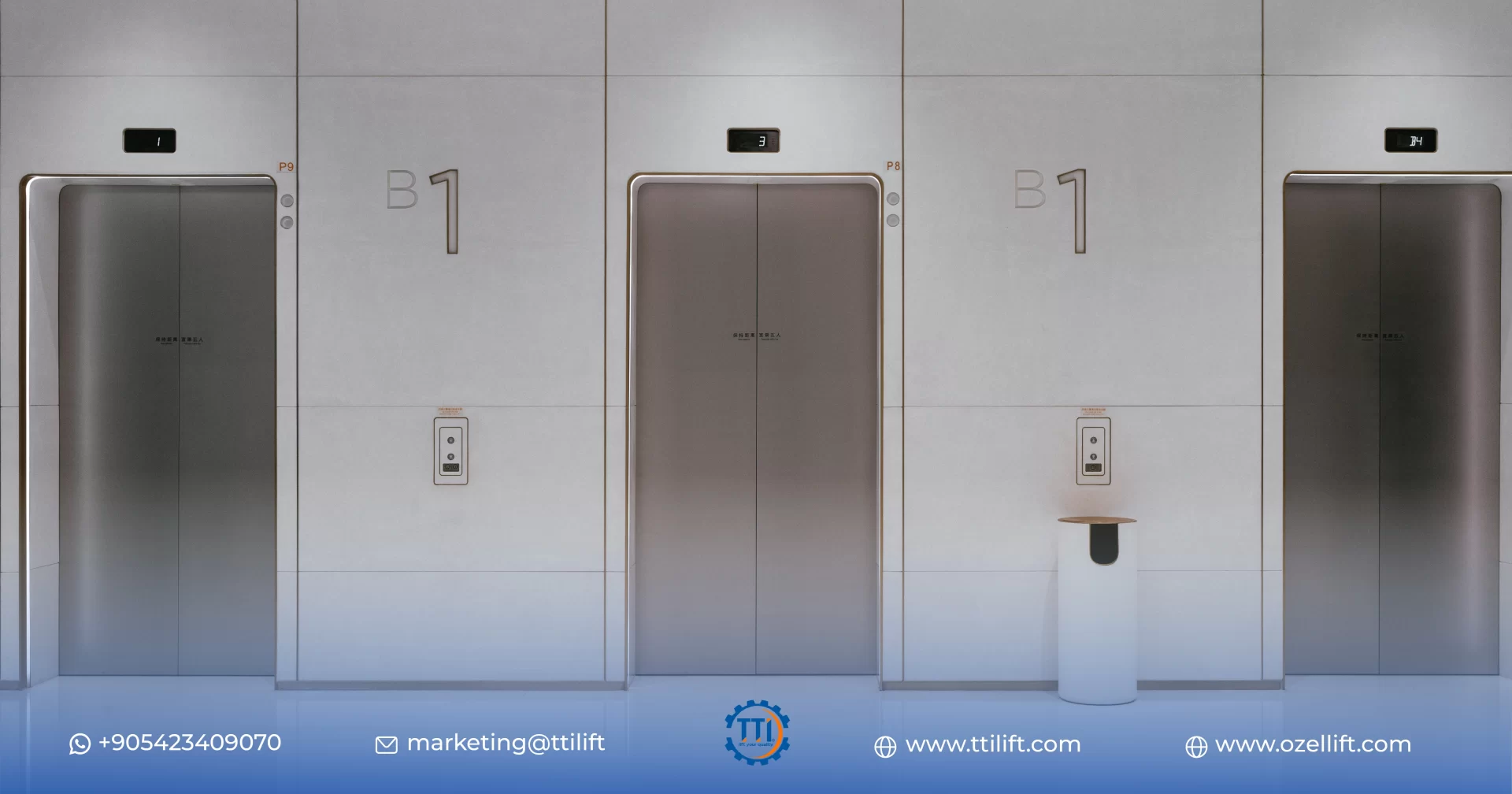Elevator door mechanisms are an important part of elevators, ensuring the safety and efficiency of passengers. There are different types of elevator door mechanisms, including single-speed center-opening doors, telescopic doors, and side-opening doors.
Elevator doors are an integral part of vertical transportation systems, ensuring safe and efficient movement within buildings. Over the years, elevator door mechanisms have undergone significant advancements, enhancing functionality and passenger experience. Let’s delve into the history, function, and various types of elevator door mechanisms.
The History of Elevator Doors
Elevator doors have a rich history that dates back to the early days of vertical transportation. In the mid-19th century, elevators were operated by human attendants who manually opened and closed the doors on each floor. However, with the invention of electric elevators in the late 19th century, automated door mechanisms became necessary.
Evolution of Elevator Door Mechanisms:
Early elevator door mechanisms consisted of simple hinged doors that opened and closed manually or with the assistance of mechanical systems. As technology advanced, more sophisticated designs emerged, leading to the development of sliding doors. These sliding doors revolutionized the industry, enabling smoother and faster operation.
How Elevator Doors Work -Understanding the Function of Elevator Door Mechanisms
Elevator door mechanisms are engineered to ensure the safe and efficient loading and unloading of passengers. The primary functions of these mechanisms include:
1. Opening and Closing:
Elevator doors open and close automatically to facilitate entry and exit. Modern elevator door mechanisms utilize sensors and control systems to detect passenger movement and ensure timely and secure operation.
2. Interlock Mechanism:
H2: Unveiling the Interlock Mechanism on Elevator Doors
Interlock mechanisms play a crucial role in elevator door operation. They ensure that the elevator cannot move unless all doors are securely closed. This enhances passenger safety and prevents accidents or entrapment.
3. Elevator Door Clutch:
Elevator door clutches are mechanisms designed to disengage the door from the motor in case of an obstruction or excessive force. They provide an extra layer of safety, protecting passengers and preventing damage to the elevator system.
Know more about
The mechanism behind an elevator: How does an elevator work?
Elevator Door Configurations – Exploring Different Elevator Door Types
Elevator door mechanisms come in various configurations to suit different building designs and passenger requirements. Some common types include:
Single-Speed Center-Opening Doors:
These doors consist of two panels that slide open in the center, creating a wide entrance. They are commonly found in older buildings and low-rise elevators.
Telescopic Doors
Telescopic doors are composed of multiple panels that slide and fold to the side, creating a larger opening. They are often used in high-rise buildings and modern elevator systems.
Side-Opening Doors
Side-opening doors slide to the side, providing a compact entrance. They are commonly used in residential buildings and low-traffic elevators.
Elevator Entrance and Door Frame Styles – Exploring Elevator Entrance and Door Frame Styles
Elevator entrance and door frames come in various styles to complement the aesthetics of the building. Some popular styles include:
Standard Frames
Standard frames offer a clean and minimalistic look, blending seamlessly with modern architectural designs.
Full-View Frames
Full-view frames feature large glass panels, creating an open and transparent atmosphere. They are often used in commercial buildings and high-end establishments.
Custom Frames
Custom frames allow for personalized design choices, enabling architects and building owners to create unique and distinctive elevator entrances.
In conclusion, elevator door mechanisms have come a long way since their inception, evolving to meet the demands of modern buildings and passenger needs. From simple hinged doors to advanced sliding mechanisms, these systems play a vital role in ensuring safe and efficient vertical transportation. Understanding the history, function, and different types of elevator door mechanisms provides valuable insights into the world of elevator technology. Whether you’re stepping into a classic elevator with center-opening doors or a sleek high-rise elevator with telescopic doors, the engineering behind these mechanisms continuously drives innovation and enhances the overall elevator experience.
What is the mechanism of an elevator?
The mechanism of an elevator involves various components, including the elevator door mechanism, pulleys, counterweights, and control systems, working together to move the elevator car safely and efficiently.
What is the interlock mechanism on an elevator door?
The interlock mechanism on an elevator door ensures that the elevator cannot move unless all doors are securely closed. This adds an extra layer of safety and prevents accidents or entrapment.
What is an elevator door clutch?
An elevator door clutch is a mechanism designed to disengage the door from the motor in case of an obstruction or excessive force. It provides an additional level of safety, protecting passengers and preventing damage to the elevator system.
What are the doors of an elevator called?
The doors of an elevator are commonly referred to as elevator doors. They can come in different types, such as single-speed center-opening doors, telescopic doors, or side-opening doors.

